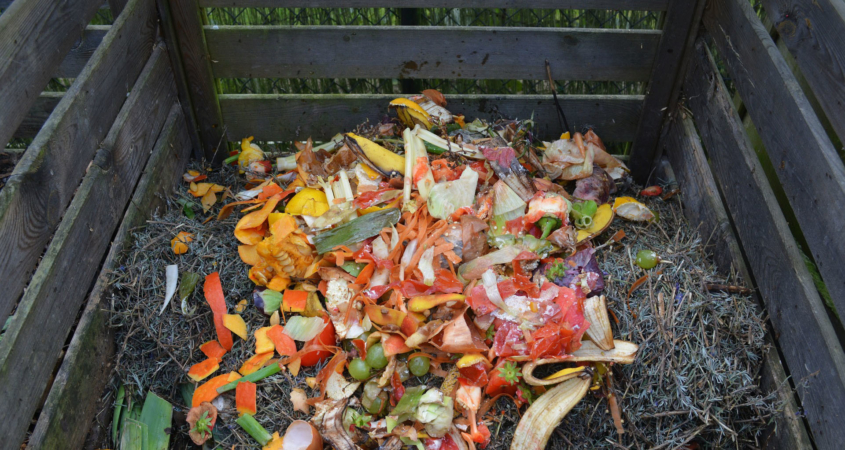 Compost can be beneficial in many ways, including functioning as mulch to prevent erosion and help soil filter pollution. Photo: Ben Kerckx/PixabayCompost the right way, including using compost as mulch to prevent erosion and help soil filter pollution. Photo: Ben Kerckx/Pixabay
Compost can be beneficial in many ways, including functioning as mulch to prevent erosion and help soil filter pollution. Photo: Ben Kerckx/PixabayCompost the right way, including using compost as mulch to prevent erosion and help soil filter pollution. Photo: Ben Kerckx/PixabayHow to Compost the Right Way
You can make composting on-site a goal for your sustainable landscape maintenance to reduce waste and help the soil thrive. You’ll know when the compost is ready to use when it has an earthy smell, has cooled off, and doesn’t reheat when stirred. Next, look for a uniformly dark brown or even black color. You shouldn’t be able to identify any of the original particles.
Spread compost directly on the soil surface to use it as mulch. That can prevent erosion and help plants and soil filter pollution, such as hydrocarbons and metals from road surfaces. Most greenwaste-based composts can be applied to a depth of three inches. Use up to two inches of bio-solids.
If you don’t produce your own compost on site, get it from a reputable source that guarantees high quality. Commercially produced quality can vary significantly due to the diverse nature of feedstock, processes, and maturation standards.
Use compost to make healthier soil
For native plants in your sustainable landscaping, use roughly 15 percent compost by volume to repair disturbed or damaged soils.
Clay-based soil amended with compost leads to more productive and healthy plant growth at a lower cost than amending the same soil with the necessary 45 percent sand. Therefore, you can mix poor soils that are compacted, lifeless, or subsoils with about three to six cubic yards of high quality compost per 1,000 square feet to improve the soil structure.
If your compost is based on bio-solids, it can be high in ammonium nitrogen. Use this type of compost sparingly. When using bio-solids, be sure you know exactly where they came from.
Read more at Gardening Know How: Composting With Biosolids: What Are Biosolids And What Are They Used For https://www.gardeningknowhow.com/composting/ingredients/composting-with-biosolids.htm
This article was inspired by the 71-page Sustainable Landscapes Program guidebook available at SustainableLandscapesSD.org. The Water Authority and its partners also offer other great resources for landscaping upgrades, including free WaterSmart classes at WaterSmartSD.org.



